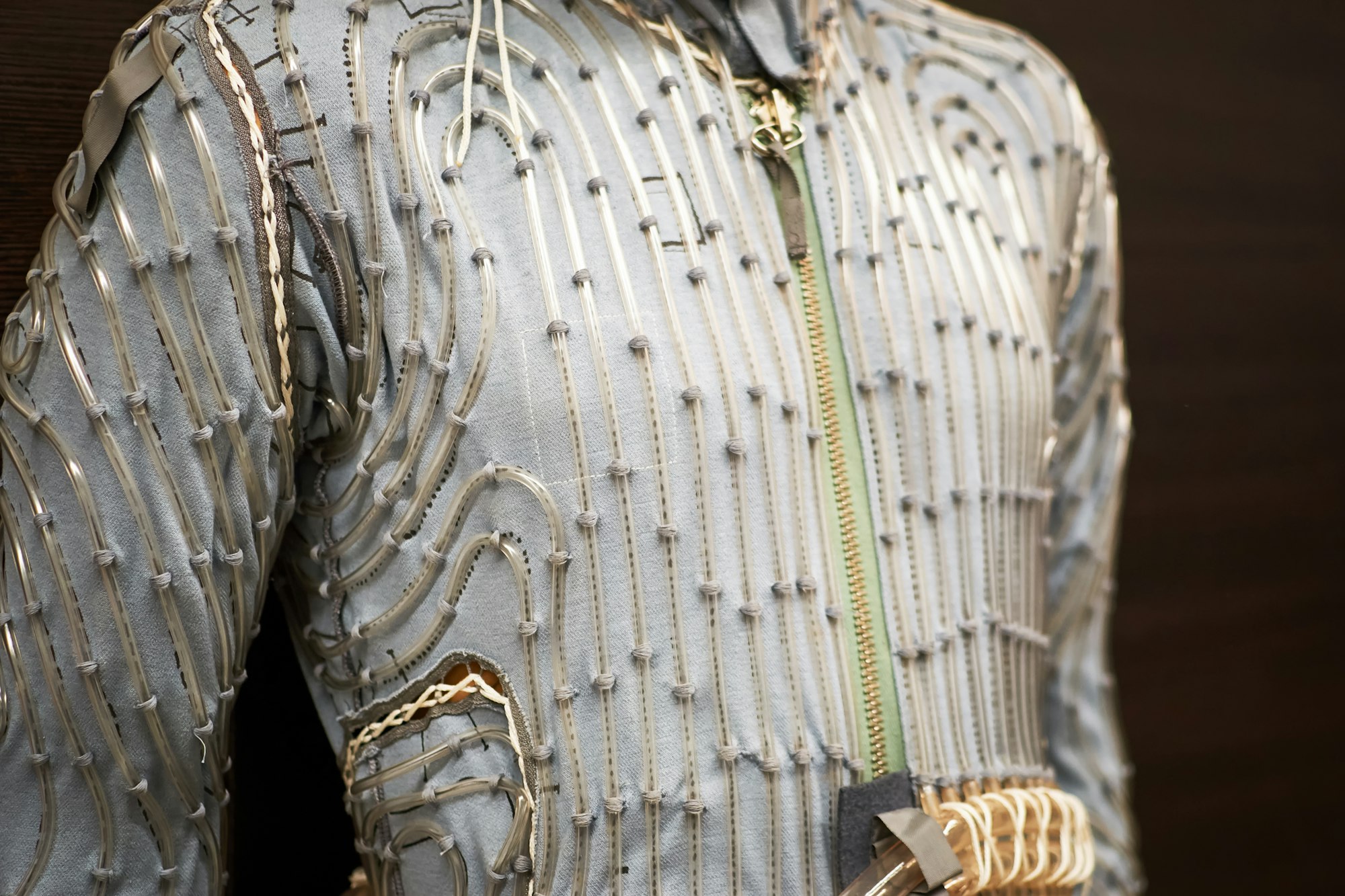Introduction to the ‘Dune’ Filtration Technology
Researchers at Cornell University have created a groundbreaking spacesuit system called ‘Dune,’ named after the famous sci-fi book. This innovative technology recycles astronaut urine into drinkable water right inside the suit, marking a significant improvement over the outdated space diapers previously used during spacewalks.

Why This is Needed
Astronauts have been using the same EVA (Extravehicular Activity) suit design for over 40 years. These suits included diapers to handle waste, but they were not very effective. They could only hold a small amount of waste, leading to discomfort and health risks like urinary tract infections and skin rashes. As space missions and spacewalks get longer, there’s an increasing need for a better waste management solution.
How the ‘Dune’ System Works
The ‘Dune’ system features a silicon urine collection cup built into the suit. This cup uses antimicrobial fabrics to quickly wick away moisture from the skin, reducing health risks from prolonged contact with waste. The collected urine is then purified using forward and reverse osmosis, similar to the water treatment systems used on the International Space Station. This process removes all contaminants from the urine.
Efficiency and Sustainability
The ‘Dune’ system can process about 500 milliliters of urine in less than five minutes, converting more than 86.8% of it into drinkable water. This reclaimed water is then enriched with electrolytes and possibly carbohydrates, making it not only safe but also nutritious for astronauts.
Importance for Future Space Missions
With NASA focusing on missions to the Moon and Mars, where resources are limited, the ‘Dune’ system’s ability to efficiently recycle waste into valuable drinking water could be crucial. It represents a major advancement in spacesuit design, offering improved functionality and increased comfort for astronauts. This is essential for the success of future long-duration missions.
Discover the revolutionary ‘Dune’ system, a new spacesuit technology developed by Cornell University researchers that transforms astronaut urine into drinking water, enhancing sustainability and wellbeing in space missions.

FAQs for the Revolutionary Spacesuit System
1. How does the ‘Dune’ system purify urine into drinkable water?
The ‘Dune’ system uses advanced filtration techniques, specifically forward and reverse osmosis, to purify the urine. These processes are similar to those used on the International Space Station, ensuring that all contaminants are removed from the urine, making the reclaimed water safe to drink.
2. Why is the ‘Dune’ system an improvement over the previous waste management methods in spacesuits?
The ‘Dune’ system is a significant improvement because it replaces the outdated space diapers, which could only handle a limited amount of waste and often led to discomfort and health risks like urinary tract infections and skin rashes. The ‘Dune’ system’s silicon urine collection cup, combined with antimicrobial fabrics, quickly wicks moisture away from the skin and purifies the urine, making the system both more comfortable and hygienic for astronauts during long-duration space missions.
3. What are the benefits of using the ‘Dune’ system for future space missions?
The ‘Dune’ system offers several benefits for future space missions:
- Efficiency: It can process about 500 milliliters of urine in less than five minutes, reclaiming over 86.8% of it as potable water.
- Sustainability: The system recycles waste into valuable drinking water, which is crucial for missions to the Moon and Mars, where resources are limited.
- Health and Comfort: By using antimicrobial fabrics and quickly removing moisture from the skin, the system reduces the risk of infections and rashes, providing greater comfort for astronauts.
This enhanced functionality and increased comfort are essential for the success of long-duration space missions.
Sources CNN


